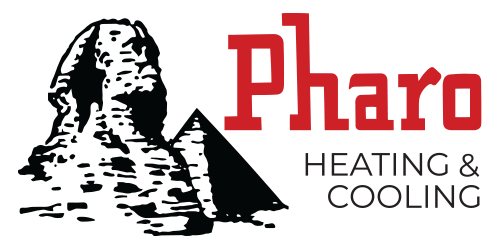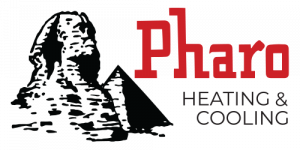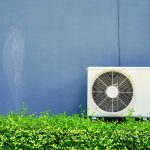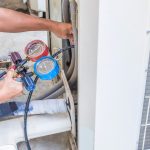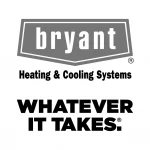Spring 2012 Newsletter Volume 4 Number 1
Controlling Humidity
Controlling humidity is an essential part of improving the health and comfort inside all types and sizes of homes. With Spring/Summer coming, controlling excess humidity is the task at hand.
Allergens, such as molds, thrive in excessive relative humidity conditions and can lead to a variety of ailments including asthma, allergies and respiratory infections. Dust mites, bacteria, viruses, and fungi also thrive in homes with relative humidity levels above 60%.
According to Aprilaire, an industry leader in Indoor Air Quality, keeping your home’s humidity between 30-60% can help reduce the effects of many of these allergens. Too much humidity can lead to:
- Skin feeling clammy, sweaty or sticky
- Musty smelling odors
- Woodwork warping or rotting
- Condensation, frost or ice forming on inside of windows
Too little humidity can lead too:
- Annoying static shocks
- Joints in wood-work shrinking and cracking
- Sore throats and sinus irritation
- Dry and itchy skin
Pharo Heating & Cooling has the solutions to keep your home comfortable. Running your air conditioner constantly during high humidity periods this summer will help remove the moisture from your home. If you turn your air conditioner off, your home will pull the moisture right back in. Some homes suffer from high humidity even with running air conditioning constantly and a central dehumidifier may be needed to aid in lowering humidity. Central dehumidifiers can be tied into the ducting of your furnace and used to remove moisture throughout the entire house.
Some other things you can do to lower your humidity is to use ventilation fans in your kitchen while cooking and in bathroom while showering. Fix any cracks or drainage issues in your basement, as any extra water in the house will increase the humidity level in your home. Make sure your dryer is properly vented outside and the venting is clear of blockage.
Controlling your home’s humidity levels can significantly improve the health and comfort of your home. Call Pharo Heating & Cooling or visit www.pharoheating.com if you would like to know more about keeping the humidity levels in check in your home.
R-22 has been the refrigerant of choice for residential air conditioning systems for over 40 years. Unfortunately it contributes to ozone depletion and is a greenhouse gas that contributes to global warming through a by-product (HFC-23) as a result in manufacturing the refrigerant.
What’s In Your Air Conditioner?
As R-22 and other ozone depleting refrigerants are phased out, manufactures are offering equipment that runs on more environmentally friendly refrigerants. In 2010, the United States stopped the use of R-22 in new air conditioners and reduced the consumption by 75% below the U.S. baseline (epa.gov). In 2015 we are set to reduce consumption by 90%, and by 2020 reduce by 99.5% and manufacturers will no longer be able to produce R-22 for service.
With the phase out coming on ozone depleting refrigerants, the cost for servicing these units is rapidly rising while other environmentally friendly refrigerants are getting cheaper. If your current air conditioner is over 10 years old and requires maintenance, be sure to consider the tradeoffs between getting it serviced versus having it replaced.
